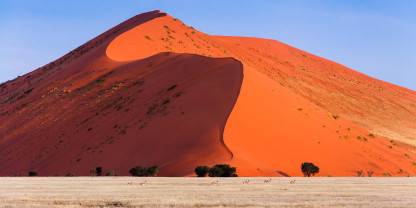Average User Rating
Rating Breakdown
Write a User Review ES
Visited:
September 2018
Reviewed: Oct 24, 2018
ES
Visited:
September 2018
Reviewed: Oct 24, 2018
Email Javier Elías Guzmán Téllez | 20-35 years of age | Experience level: first safari
 ZA
Visited:
June 2018
Reviewed: Jun 28, 2018
ZA
Visited:
June 2018
Reviewed: Jun 28, 2018
Email Kerryn | 65+ years of age | Experience level: over 5 safaris
 US
Visited:
April 2018
Reviewed: May 3, 2018
US
Visited:
April 2018
Reviewed: May 3, 2018
Email Marina Dsouza | 65+ years of age | Experience level: 2-5 safaris
 ZA
Visited:
April 2018
Reviewed: May 2, 2018
ZA
Visited:
April 2018
Reviewed: May 2, 2018
Email Dave | 50-65 years of age | Experience level: over 5 safaris
 ZM
Visited:
December 2017
Reviewed: Feb 11, 2018
ZM
Visited:
December 2017
Reviewed: Feb 11, 2018
Email Kaku | 50-65 years of age | Experience level: over 5 safaris
 GB
Visited:
September 2017
Reviewed: Oct 28, 2017
GB
Visited:
September 2017
Reviewed: Oct 28, 2017
Email Michele Bartlett | 50-65 years of age | Experience level: first safari
 NL
Visited:
November 2016
Reviewed: Jun 8, 2017
NL
Visited:
November 2016
Reviewed: Jun 8, 2017
Email Maarten Elings | 20-35 years of age | Experience level: over 5 safaris
 ES
Visited:
September 2016
Reviewed: Nov 8, 2016
ES
Visited:
September 2016
Reviewed: Nov 8, 2016
Email Eduardo Canut | 20-35 years of age | Experience level: 2-5 safaris
 SI
Visited:
June 2016
Reviewed: Aug 15, 2016
SI
Visited:
June 2016
Reviewed: Aug 15, 2016
Email s_andreja | 35-50 years of age | Experience level: first safari





